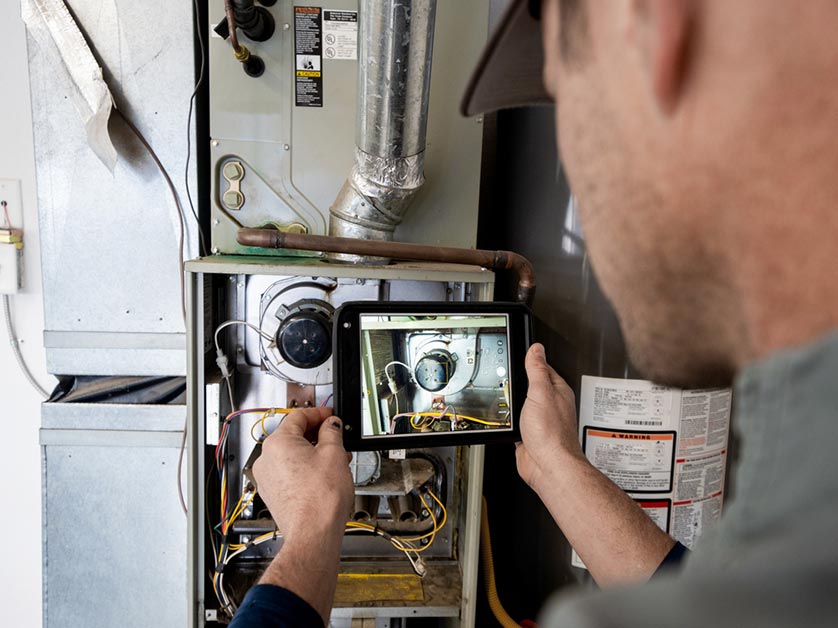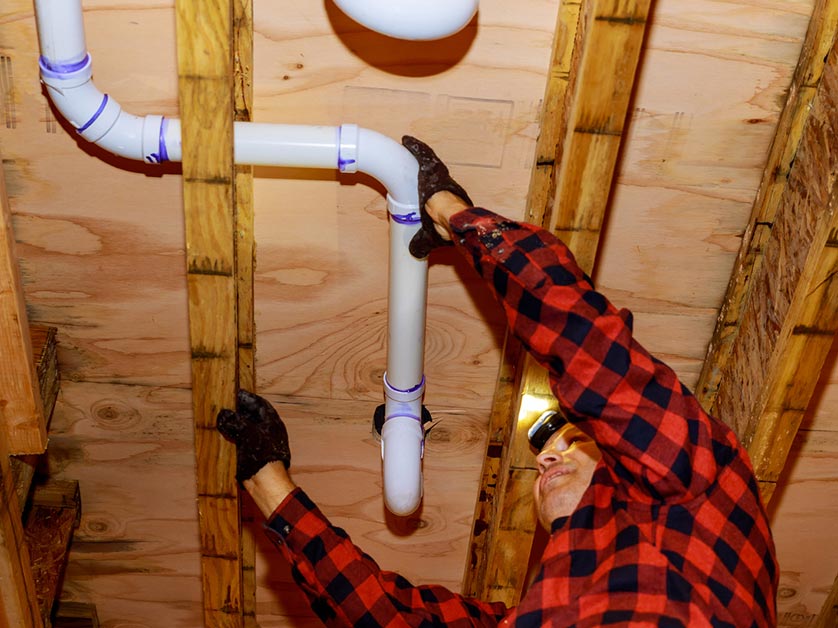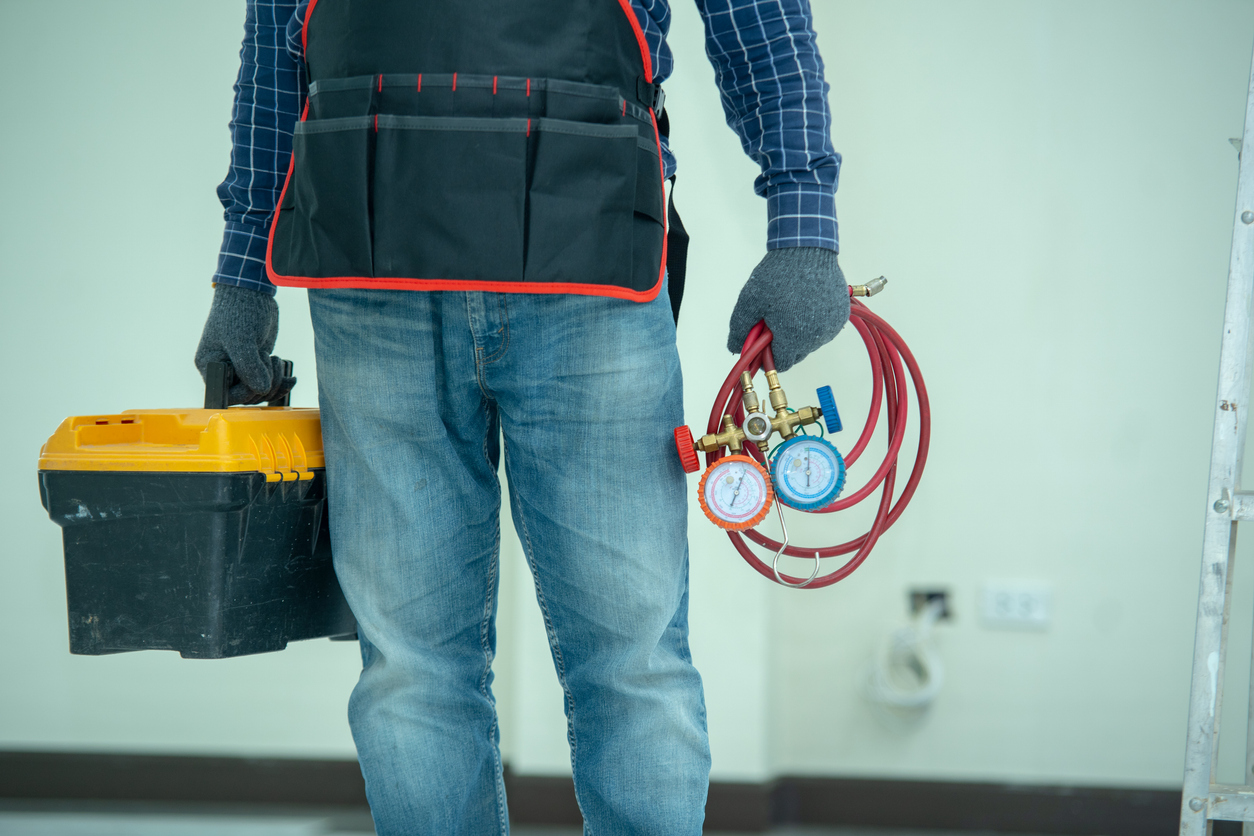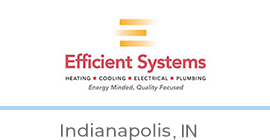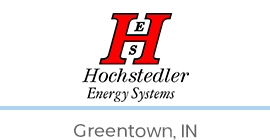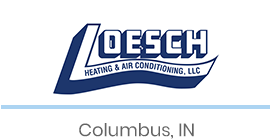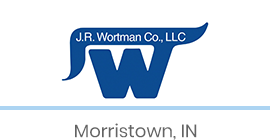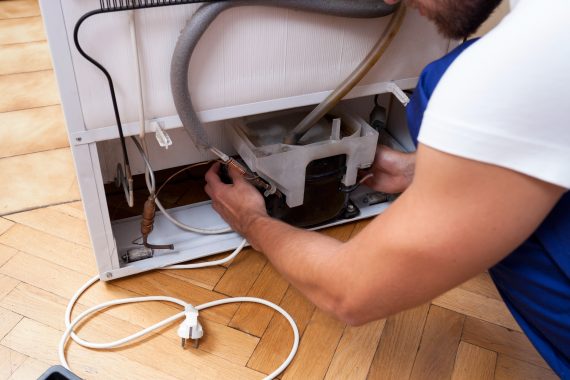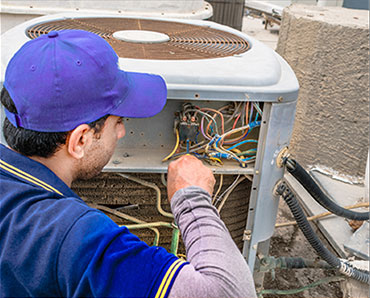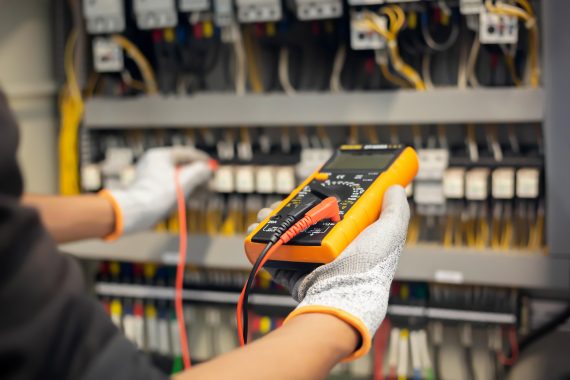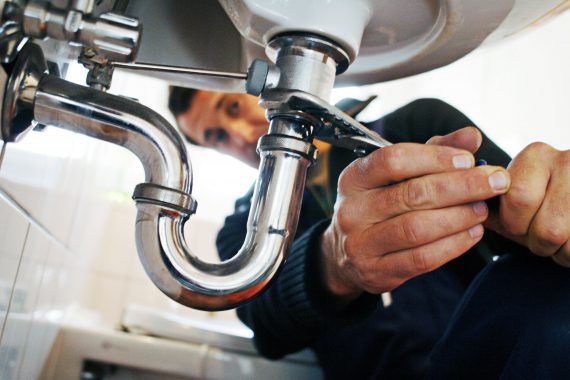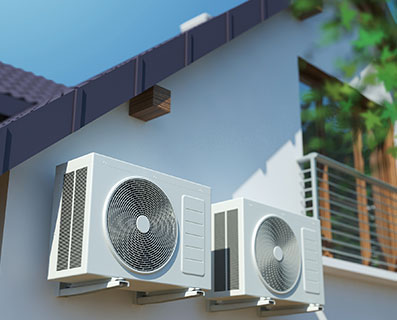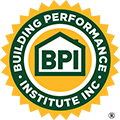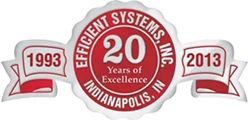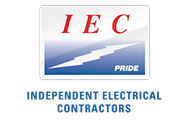Homeowners are seeking cost-effective methods to keep their homes warm as the winter chill persists. Everyone prioritizes energy efficiency, especially when it comes to furnace operation. Improving your furnace’s energy efficiency contributes to a lower carbon footprint and significantly reduces your heating bills. Read on as Efficient Systems, Inc. shares six proven strategies to achieve a more energy-efficient furnace operation.

1. Ensure Proper Insulation and Weatherproofing
The efficiency of your furnace is directly tied to how well your home retains heat. Proper insulation in your attic, walls, and floors minimizes the heat lost, allowing your furnace to work less to maintain a comfortable temperature. Weatherproofing doors and windows with weather stripping or caulk can further prevent cold drafts from entering your home and warm air from escaping it. This is especially pertinent in variable climates, where winters can be harsh.
2. Schedule Regular Maintenance and Filter Changes
A well-maintained furnace operates more efficiently. Regular servicing ensures that all parts of your furnace are in good working order. One of the most important components is the furnace filter. A clean filter allows air to flow freely, reducing the energy needed for operation. Filters should be checked and replaced every few months, especially during periods of high use. This simple step can improve efficiency and prolong the life of your furnace.
3. Upgrade to a Smart Thermostat
The advent of smart thermostats has made it easier than ever to optimize your home’s heating. By allowing for precise temperature control and the ability to adjust settings based on your schedule and habits, smart thermostats ensure that you’re not heating an empty house. For residents who experience a wide range of temperatures throughout the year, this can lead to significant savings and efficiency gains.
4. Inspect and Seal Ductwork
Leaking ductwork can significantly reduce the efficiency of your furnace by allowing warm air to escape before reaching its destination. Inspecting your ducts for leaks and having them sealed is a critical step in ensuring that your furnace isn’t working harder than it needs to. This is particularly relevant in older homes where ductwork may not have been inspected for years.
5. Consider Upgrading to High-Efficiency Windows
Heat loss through windows is a significant issue for many homes, particularly older ones common in some neighborhoods. Upgrading to high-efficiency windows can dramatically reduce this heat loss, making it easier for your furnace to maintain a comfortable temperature. While the upfront cost can be high, the long-term savings in energy bills and increased comfort can be well worth the investment.
5. Learn About Furnace Efficiency
Understanding the efficiency ratings of furnaces (AFUE ratings) can help you make informed decisions whether you’re maintaining an existing furnace or considering a new installation. High-efficiency furnaces can have AFUE ratings of 90% or higher, meaning they convert 90% or more of their fuel to heat. For residents facing cold winters, selecting a high-efficiency furnace can lead to substantial savings over the furnace’s lifetime.
Save Money and Energy With a Quality Furnace
Improving the energy efficiency of your furnace requires a combination of regular maintenance, strategic upgrades, and sometimes investment in new technologies. Each step not only contributes to lower energy bills but also to a more comfortable, sustainable home environment.
If you’re looking to improve your furnace’s efficiency in Indianapolis, IN, reach out to Efficient Systems, Inc. Our team of experienced professionals can help with everything from routine maintenance to the installation of energy-efficient upgrades. Give us a call at (317) 293-6510 or fill out our site to schedule a consultation and ensure your furnace is ready to provide efficient, reliable warmth all winter long.


